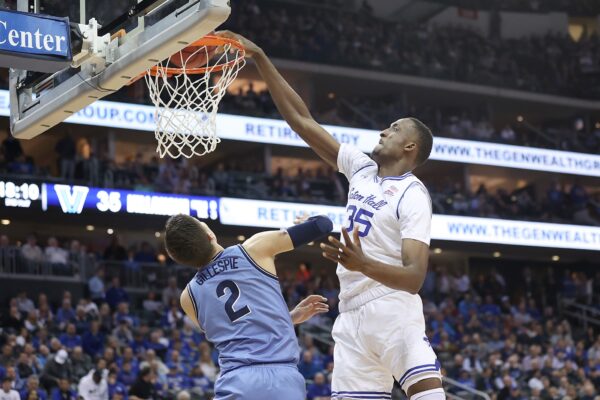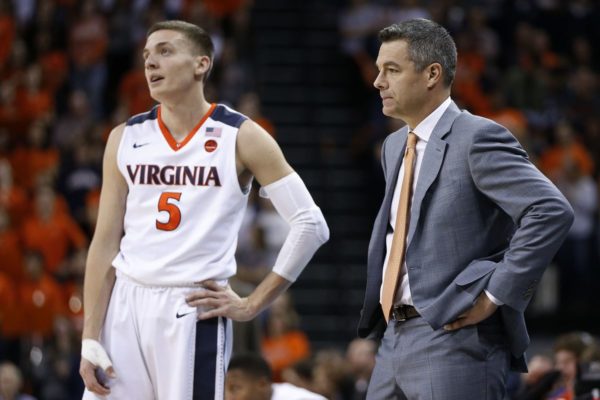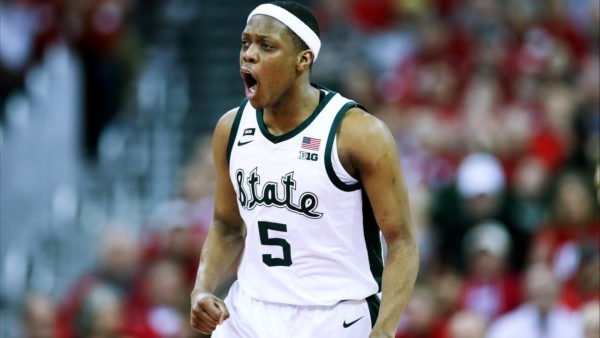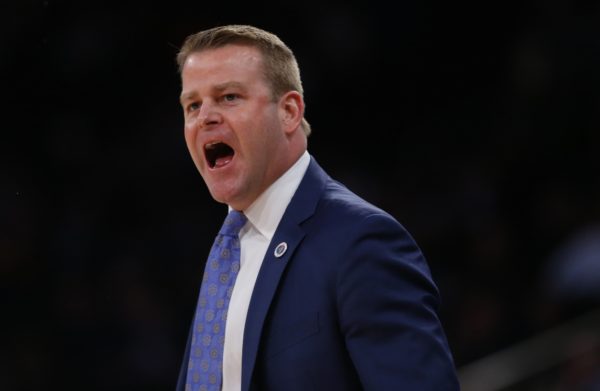Eight Key Questions for the Sweet Sixteen
Posted by Matthew Eisenberg on March 25th, 2021What started with 68 is now down to just 16.
While the opening two rounds of the NCAA Tournament brought the usual surprises, the Sweet Sixteen is not without familiar faces. Three #1 seeds and a pair of #2 seeds are joined by the powerful programs of Florida State and Villanova, a quartet of Pac-12 teams, a pair of mid-majors, and of course, Syracuse. Here are eight questions that could define each match-up:
Saturday’s Games
- #8 Loyola (Chicago) vs. #12 Oregon State (2:40 PM EST, CBS), If Oregon State can limit its turnovers, do the Beavers have enough firepower to pull off an upset? After a stifling defensive performance against Illinois, Loyola (Chicago) has retaken the top spot on KenPom’s adjusted defensive efficiency rankings this season. The Ramblers forced 17 turnovers against the Illini, an area of which Oregon State struggled against Oklahoma State, committing 20 turnovers. If the Beavers protect the ball, the three-point line becomes key where Oregon State has shot a robust 42 percent over its last five games.
- #1 Baylor vs. #5 Villanova (5:15 PM EST, CBS): Will Villanova’s offense keep clicking or will the absence of Collin Gillespie be magnified against Baylor? In Villanova’s first two full games without Gillespie, the Wildcats shot just 38.3 percent from the field and 27.1 percent from beyond the arc. In the tournament, Jay Wright’s squad has found new life, however, shooting 50 percent from the field and 41.8 percent from deep. Among the players stepping up is former five-star recruit Bryan Antoine, who has scored more points in the NCAA Tournament than he had in the entire regular season.
- #3 Arkansas vs. #15 Oral Roberts (7:25 PM EST, TBS) How much will the late December matchup between these teams factor into the March rematch? Oral Roberts led Arkansas by 12 points early in the second-half when these teams met in Fayetteville earlier this season before Arkansas took control and won by 11 points. The Razorbacks had a 32-point advantage on points in the paint and a 16-point advantage on second-chance points. While Oral Roberts did get its normal production from Kevin Obanor, Max Abmas struggled, scoring just 11 points on 4-of-11 shooting.
- #2 Houston vs. #11 Syracuse (9:55 PM EST, TBS) Which team is better equipped to score against their opponent’s defense? Houston is one of the nation’s best defenses in efficiency totals and across all defensive shooting percentages. For Syracuse, the 2-3 Boeheim zone continues to work magic in another NCAA Tournament. For Houston, it’s an offense that at times can struggle to make baskets, but feasts on the offensive glass, an area that helped the Cougars survive Rutgers and could remain prevalent against Syracuse. For the Orange, it begins with Buddy Boeheim, who is averaging 26 points a game over six March contests.
Sunday’s Games
- #1 Gonzaga vs. #5 Creighton (2:10 PM EST, CBS) Can Creighton replicate a BYU type of gameplan to keep this close longer than expected? In Gonzaga’s WCC Tournament finale, BYU shot 11-of-28 from deep and turned the ball over just eight times. Creighton ranks 20th in the nation in three-point makes per game (9.6) and on the season have forced 43 more turnovers than they have committed. They must get more from the trio of Damien Jefferson, Denzel Mahoney and Mitch Ballock, who are a combined 14-of-63 (22.2%) from beyond the arc over the Bluejays’ last four games.
- #1 Michigan vs. #4 Florida State (5 PM EST, CBS) Will Florida State’s size across the court be too disruptive for Michigan? The height and length of Michigan’s Hunter Dickinson and Franz Wagner is often too much for its opponents to handle. But for Florida State, size itself should not be a concern. The Seminoles will throw length and depth at the Wolverines for 40 minutes with nine players averaging at least 10 minutes per game and five of those listed at 6’8″ or taller.
- #2 Alabama vs. #11 UCLA (7:15 PM EST, TBS) Which team is able to control tempo and how much will that disrupt the opponent? In terms of style of play, Alabama and UCLA are polar opposites. While Alabama is looking to push and maximize the number of possessions in a game, UCLA much prefers to slow things down, run its offense and take advantage of any mismatch. If UCLA can protect the ball and get good looks offensively, its defense will be put in a position to at least have a chance to stay in the game with a red-hot Crimson Tide team.
- #6 USC vs. # 7 Oregon (9:45 PM EST, TBS) Will USC replicate its performance against Oregon or will the Ducks continue to fly high off of its performance against Iowa? In 14 games against teams other than USC since the beginning of February, Oregon’s Eugene Omoruyi is averaging 17.3 points per game. In Oregon’s loss against USC, Omoruyi scored just nine points on 3-of-10 shooting. USC’s length allowed the Trojans to grab 15 offensive rebounds in that game to go along with 10 made threes on 21 attempts which resulted in a 14-point USC win. Andy Enfield’s team had success also holding Will Richardson to just five points, a tougher task this time around as Richardson is netting over 15 points a game in March.













































